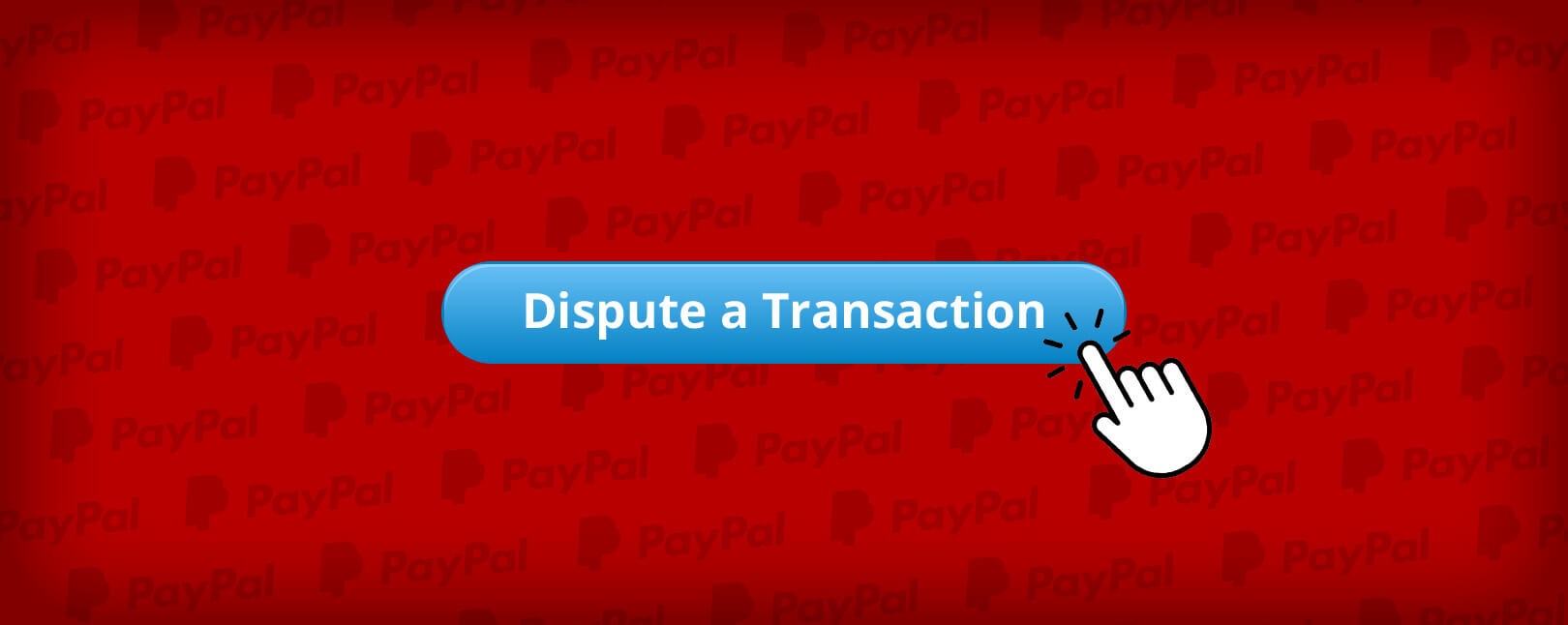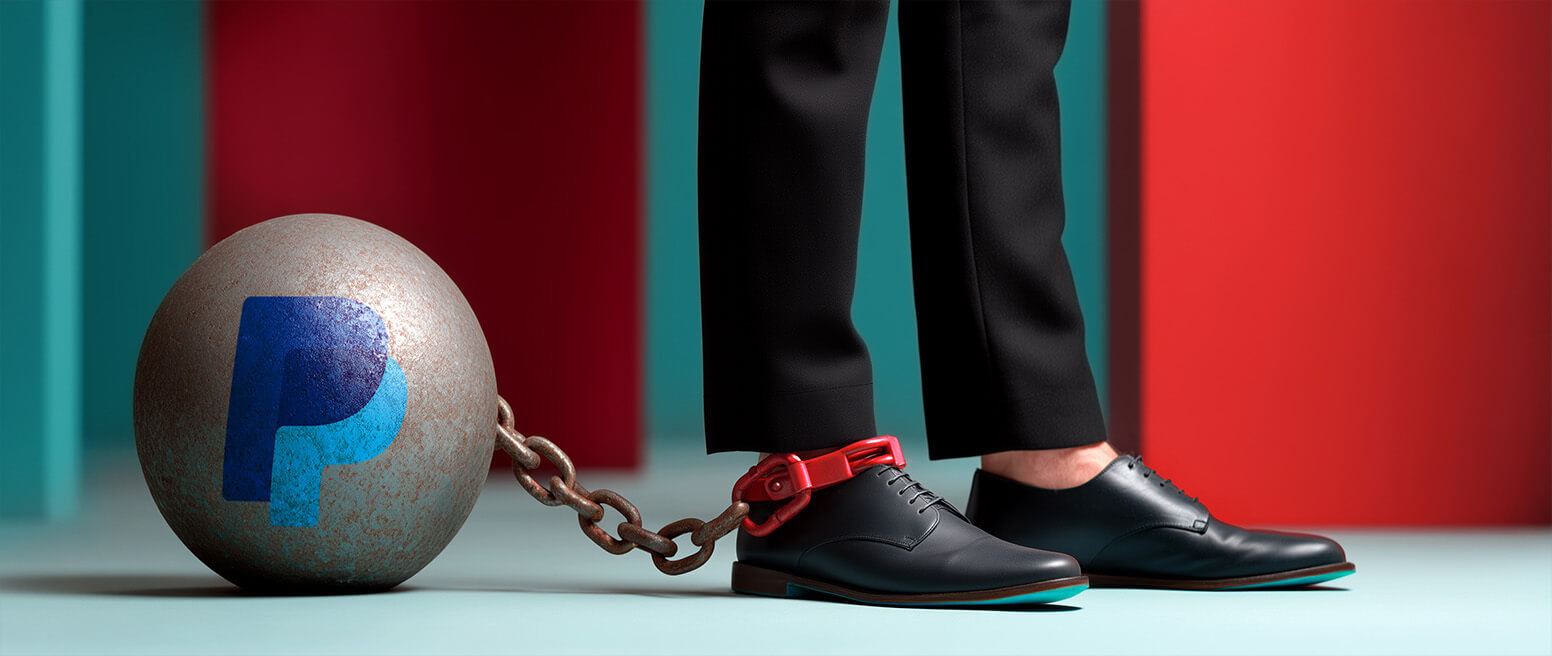Decoding the PayPal Dispute vs. PayPal Chargeback Divide
PayPal is one of the world’s largest and most recognizable payment companies. They boast over 391 million users in 200 markets worldwide, with nearly 30 million active merchant accounts. Buyers and sellers trust Paypal because of its reputation for security and its user protection plans.
But, even with the benefits offered by PayPal, you may still run across disputes and chargebacks from time to time as a merchant.
Claims…chargebacks…what do all these terms even mean? This article will break down each term, explain PayPal claims and PayPal disputes vs. PayPal chargebacks, and examine what these terms mean for you.
Recommended reading
- eBay Resolution Center: The Guide for Buyers & Sellers
- PayPal Account Limitations? Here are 5 Ways to Respond.
- PayPal Refund Scams: How They Work & How to Stop Them
- PayPal Chargeback Time Limits: 2025 Rules & Timelines
- PayPal Dispute Fees: How PayPal Chargeback Fees Work
- The Top 12 PayPal Scams to Watch for in 2025
Two Payment Methods, Two PayPal Processes
PayPal facilitates payments in two basic ways. On one hand, merchants can accept payments from customers directly through PayPal. This involves the buyer having a linked bank account or a balance held in the user’s PayPal account.
Merchants can also let customers pay through PayPal using a credit card. In this case, PayPal works like the merchant’s acquiring bank.
In either case, disputes sometimes arise between merchants and buyers. A PayPal dispute is, essentially, a formal announcement that a problem exists. It’s a less aggressive way of ensuring the seller is in the loop and allowing the possibility for a quick, easy resolution. Of course, the transaction could still get elevated to a claim, or even a chargeback, depending on the payment method in question. Which of these occurs depends on whether the purchase is a PayPal transaction or a card transaction conducted through PayPal.
Have more general questions about PayPal disputes and chargebacks? We have a full body of resources on PayPal chargeback rules, practices, and other information:
Learn more about PayPal disputes & chargebacksWhen it comes to PayPal Disputes vs. PayPal chargebacks, one is very different from the other. In one case, the consumer bypasses both the merchant and PayPal to get a refund from their issuing bank. At this point, PayPal will charge a fee for their trouble but otherwise not be involved from that point forward.
So, let’s look at each of these terms—PayPal dispute, claim, and chargeback—in context.
What is a PayPal Dispute?
- Paypal Transaction Dispute
PayPal dispute is an internal matter between two PayPal users. Whether a credit card was used to make a payment during a transaction or not, the transaction may be eligible for PayPal dispute resolution.
[noun]/* pā • pal • di • spyo͞ot/
To be eligible for resolution of any kind, transactions must meet specific criteria. The dispute in question must pertain to one of two basic claims:
The item purchased was not received. In this case, the buyer claims they ordered and paid for an item, but didn’t receive it.
The goods were not as described. The buyer claims the item they received is significantly different from the seller’s description.
To better describe how this works, imagine that you have two PayPal users. One purchases an item from the other via a PayPal P2P transaction, but is dissatisfied with the purchase. The unhappy customer may then reach out to the seller through PayPal’s dispute resolution center to resolve the issue. In this dispute, PayPal is only partly involved on either end of the transaction.
The buyer and the seller have 20 days to work together for a solution (e.g., initiate a refund, reship item, etc.). If the dispute cannot be resolved in this timeframe, it will either be closed, or the buyer may escalate it to a claim.
What is a PayPal Claim?
- Paypal Claim
A PayPal claim occurs when two PayPal users have a dispute they can't resolve on their own. Escalating a dispute to a claim means PayPal steps in and takes a more active role. This gets resolved through the PayPal Resolution Center.
[noun]/* pā • pal • klām/
If the exchange of responses doesn’t resolve the dispute, then it can be elevated to a formal claim. At this point, PayPal will step in, examine the claim, and decide the outcome of the situation.
If the seller responds to the escalated claim, buyers should respond to the seller within three days. To receive a refund, buyers are generally asked to return the item within 10 days. PayPal then verifies the return within 5 days and enforces the outcome of the claim.
Disputes…chargebacks…in either case, merchants lose money.
You can prevent disputes and protect your revenue with just a few clicks.

Most PayPal claims are investigated in less than 14 days. However, it can take 30 days or more to decide the outcome of a claim if there are extenuating circumstances.
As you can see, the main difference between the two is PayPal’s level of involvement. A dispute is meant to be handled between the two parties it concerns, while a claim involves PayPal as a third-party mediator. Although both processes refer to the same transaction, consider a PayPal dispute as a first step and a PayPal claim as a next step.
What is a PayPal Chargeback?
A PayPal chargeback happens when a cardholder makes a purchase with their credit card, then later calls their bank and asks for a chargeback.
Remember:
A PayPal transaction dispute is an internal matter between two PayPal users, and a PayPal claim is handled by the company directly. Conversely, a PayPal chargeback involves parties outside the company, including banks, processors, and card schemes.
Cardholders only have a right to file a chargeback if a credit card or debit card was used.
PayPal neither initiates nor handles chargebacks for transactions using a credit card, even when the payment itself goes through PayPal’s systems. In such cases, almost everything is in the hands of the issuing bank, including decisions on the validity of the claim.
In this situation, PayPal operates as the merchant’s acquirer. The company can assist the seller through the chargeback process. They may help facilitate communication with the issuer, and collect information about the transaction.
PayPal Chargebacks vs. PayPal Disputes: Timeframes & Fees
We want to clarify this point: with PayPal disputes and claims, merchants have the opportunity to work with the buyer and directly resolve issues as they arise within a relatively reasonable timeframe. There’s no such luck with chargebacks.
In the case of a PayPal chargeback, the bank will automatically refund the money to the buyer. Additionally, the PayPal chargeback time limits are different. Like with any chargeback, the timeframes are set by the card networks. The window of time will be much smaller, so PayPal will often give just a few days for the merchant to respond.
You’ll be hit with a PayPal chargeback fee. As of this writing, this fee is set at $20 per chargeback.
We should clarify, though, that all of this would be true with any acquiring bank. It happens regardless of whether the transaction involved PayPal or a traditional processor.
The Bottom Line
Disputing chargebacks is a complicated, time-intensive process. Having someone assist you can be a lifesaver. PayPal’s representatives can only offer support, though. The bulk of the legwork will still fall on your shoulders.
To learn how chargeback management can help beyond the minimal assistance offered through PayPal and other processors, talk to Chargebacks911® about a free chargeback analysis today.













